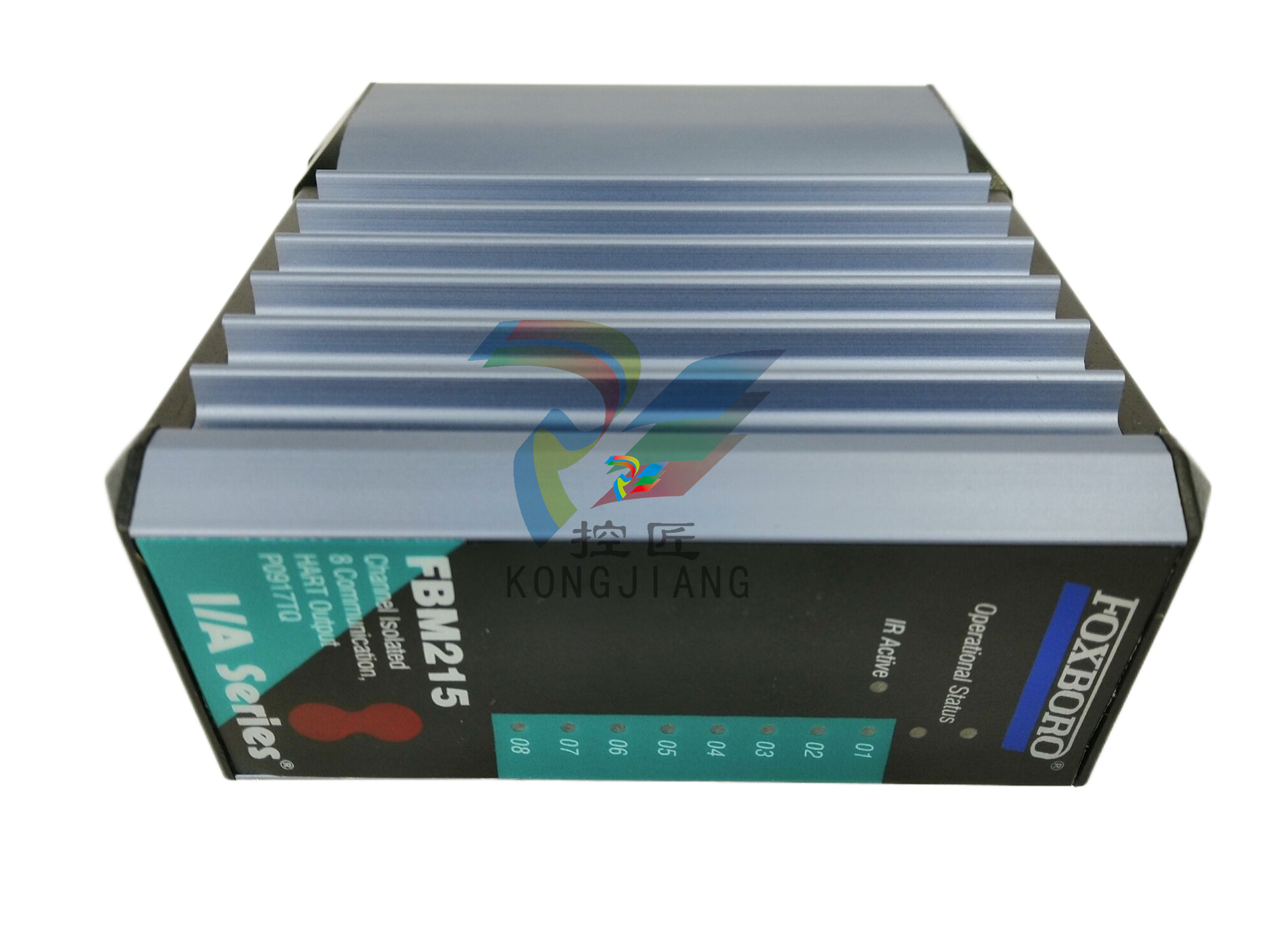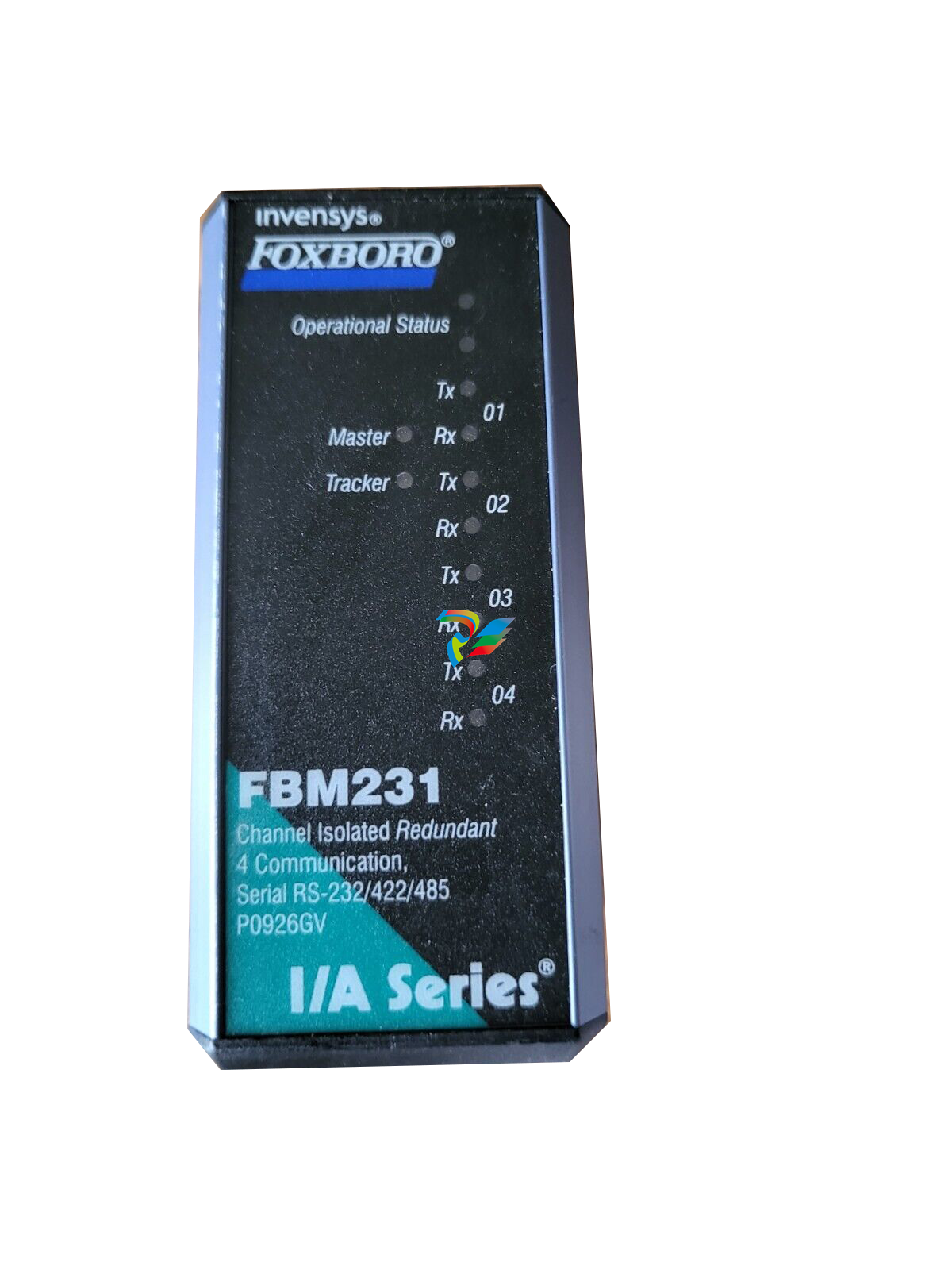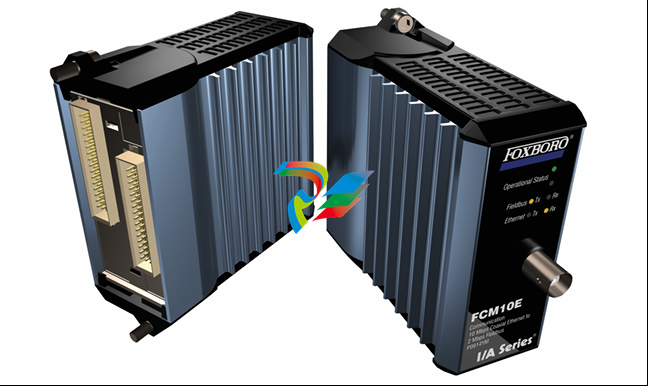
Superyachts: A System of Systems on the Sea

In the marine industry, vessels like superyachts and ships are much like seagoing factories or small cities. They are constructed from a wide variety of diverse and fragmented monitoring and control systems, each of which has gained advanced functionality and increased digitalization over the years. But these amplified capabilities come with compounded complexity, so designers and shipbuilders need solutions for efficiently integrating disparate subsystems into a comprehensive whole.
Commercial and industrial sector projects use systems integrator (SI) specialists to seamlessly incorporate multiple software platforms. Shipbuilders are now tasked with doing the same thing, instead of providing multiple parallel and unique interfaces. Lessons can be learned from the harsh environments, control and communication aspects, and visualization needs of maritime vessels. And it might just be pleasing to ponder the comparisons.
Working with major shipbuilder customers, one industrial supplier tailored its industrial human-machine interface (HMI) and supervisory control and data acquisition (SCADA) offerings for this demanding application.

A system of systems on the sea
Any large ship is much more than a hull, an engine, a propeller and a rudder. There are a wide range of subsystems, all important and some critical (Figure 1). These include:
Engine control (engines will come with specific controls, but it may be necessary to integrate these with a supervisory monitoring system)
Auxiliary control (thrusters, winches, anchors)
Electrical power (generation and distribution)
Machine and other utility control (desalination, water heater, pool)
Liquid pumping (fuel, ballast, fresh water, waste handling)
Smoke/fire systems (monitor and alarm)
Intercoms and other communications
Environmental control (HVAC, lighting, CCTV, audio/entertainment).
Not only are there a lot of different things going on at once, but each subsystem has very unique monitoring and control requirements, and each is likely based on technologies that are dissimilar to other systems, or even proprietary.
With so many fragmented subsystems, integration efforts to achieve basic centralized monitoring is often inefficient. At the very least, this leads to an inconsistent look/feel for user interfaces. In the worst case possible, there could be mistakes during critical interactions, such as dropping anchor. Users may also be hampered by inadequate alarm management and a lack of historical data needed for analysis.
At a bare minimum, any type of centralized HMI/SCADA needs to communicate with each shipboard subsystem to obtain data, visualize it and log it. While some subsystems may accept remote control commands from HMI/SCADA, the most critical subsystems (direct engine controls, navigation/charting) would need to preserve their independence to a great degree because they are provided by highly specialized suppliers that are domain experts in these areas.
Tough enough for the high seas
Because superyachts and ships share many characteristics with factories, it makes sense that an HMI/SCADA hardware and software platform, built to handle the rigors of industrial-grade production facilities, would be robust enough for shipboard monitoring and control (Figure 2).

Here are just a few of the core competencies an industrial HMI/SCADA platform must deliver to meet essential shipboard requirements.
Connectivity and security. In an industrial plant, the operational technology (OT) domain includes all the instruments, devices and subsystems throughout a production area, while the information technology (IT) area consists of the higher-level controllers and PCs gathering and using data. Each area depends on a variety of specialized communications protocols—OT protocols generally require determinism but lower bandwidth, while IT protocols must accommodate higher throughput and can tolerate slight delays.
The OT/IT concept is similar on a ship. An HMI/SCADA architecture must incorporate all common OT protocols, and even be capable of adapting to specialized marine industry protocols so it can communicate with any conceivable shipboard system. It also needs IT protocols suitable for transmitting greater volumes of data amongst PCs for historizing, alarming and visualization.
Communications security is an obvious concern for any modern production plant which could be internet-connected, but satellites and other means make it equally possible for shipboard systems to be remotely accessed. Therefore, designers should specify shipboard HMI/SCADA solutions with IEC 62443-3-3 certification, just as with industrial systems.













































.jpg)
.jpg)
.jpg)





.jpg)



.png)
.jpg)

.jpg)
_lVjBYb.jpg)

.jpg)
.jpg)



.jpg)
.jpg)







.jpg)

.jpg)
.jpg)











.jpg)




.jpg)
.jpg)
.jpg)
.jpg)
.jpg)
.jpg)
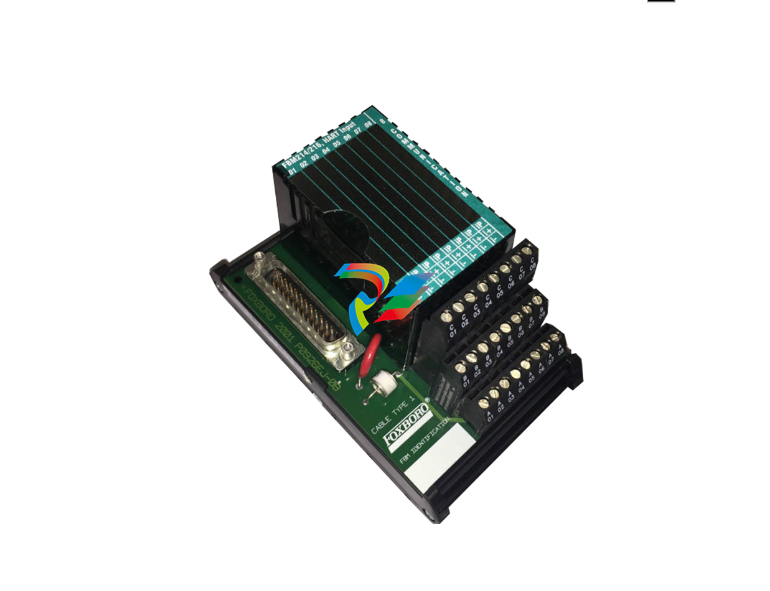
.jpg)
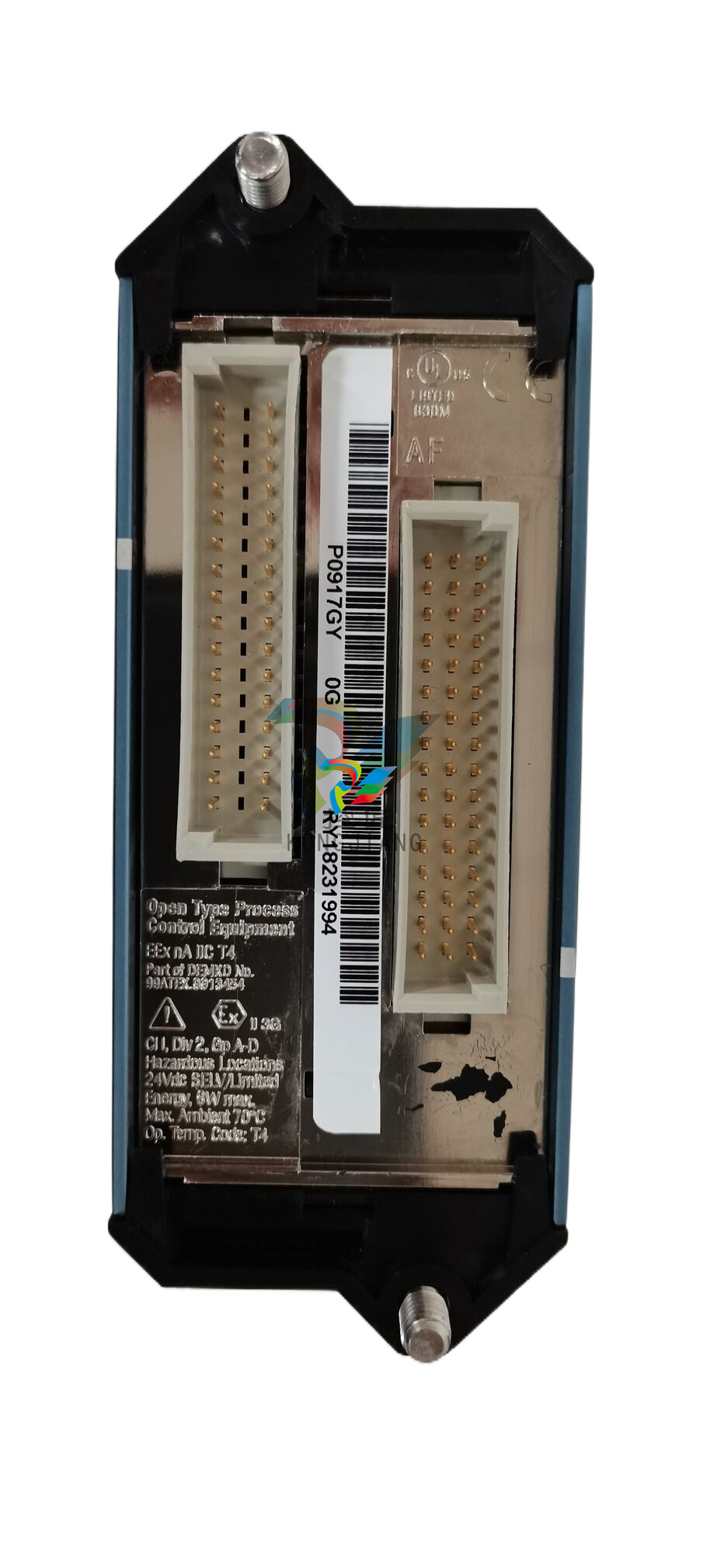
.jpg)
.jpg)
.jpg)
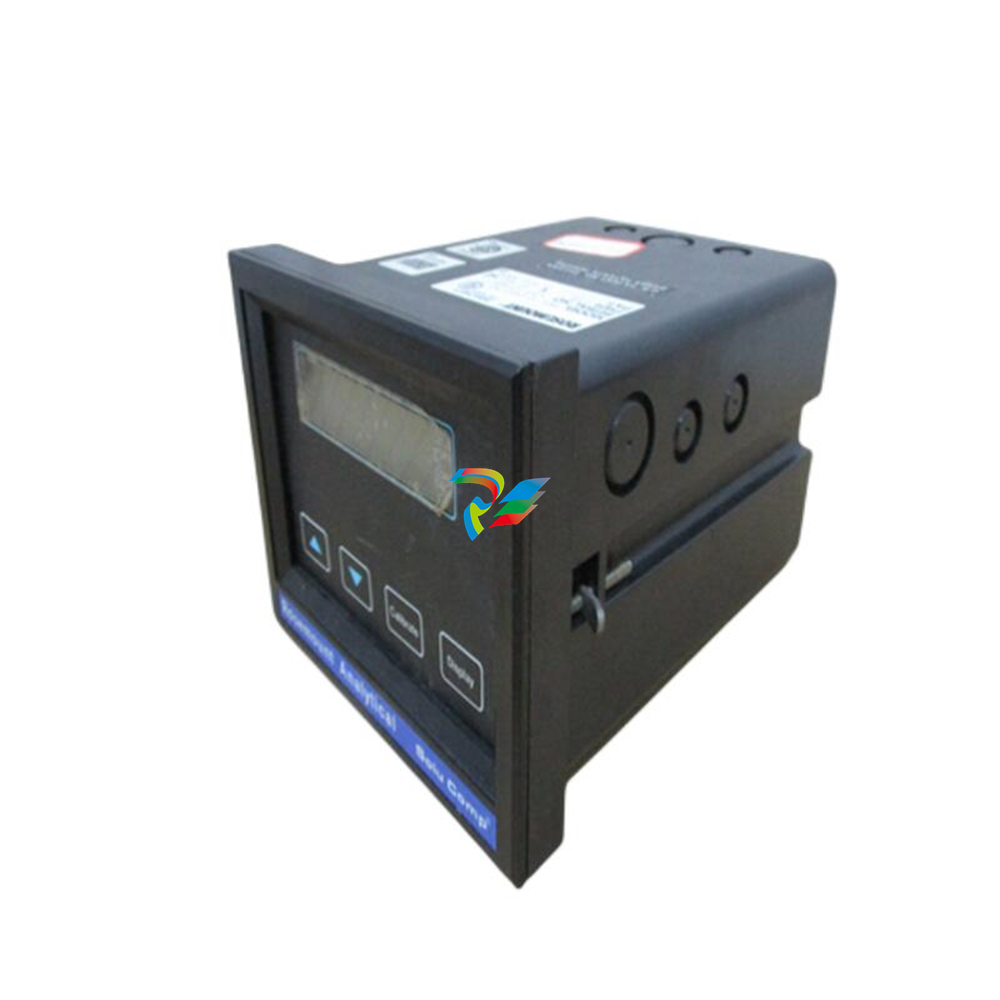
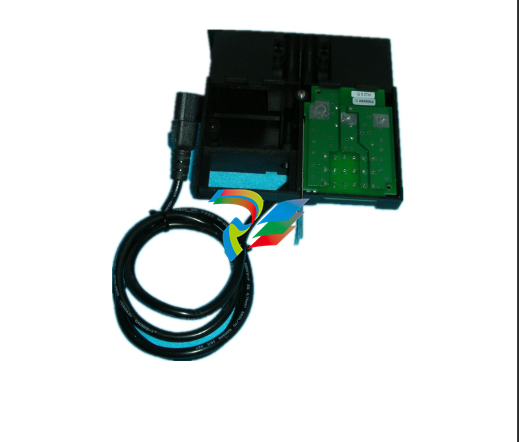
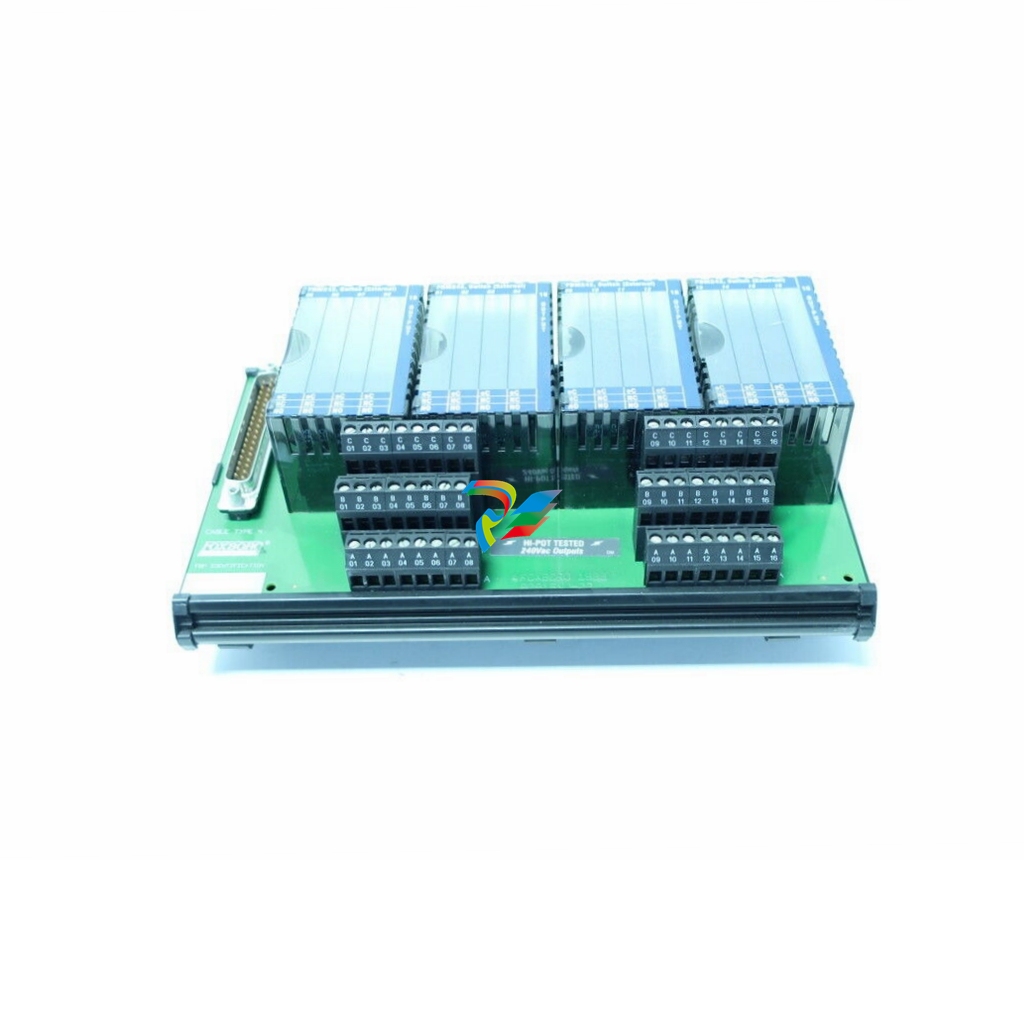
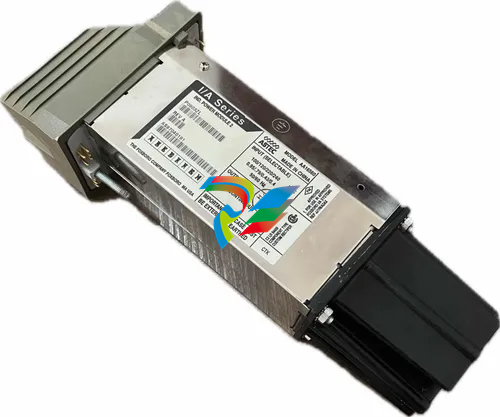
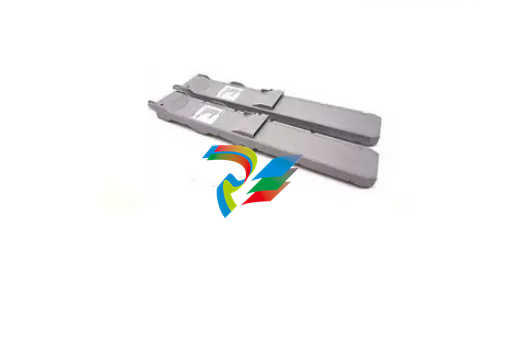
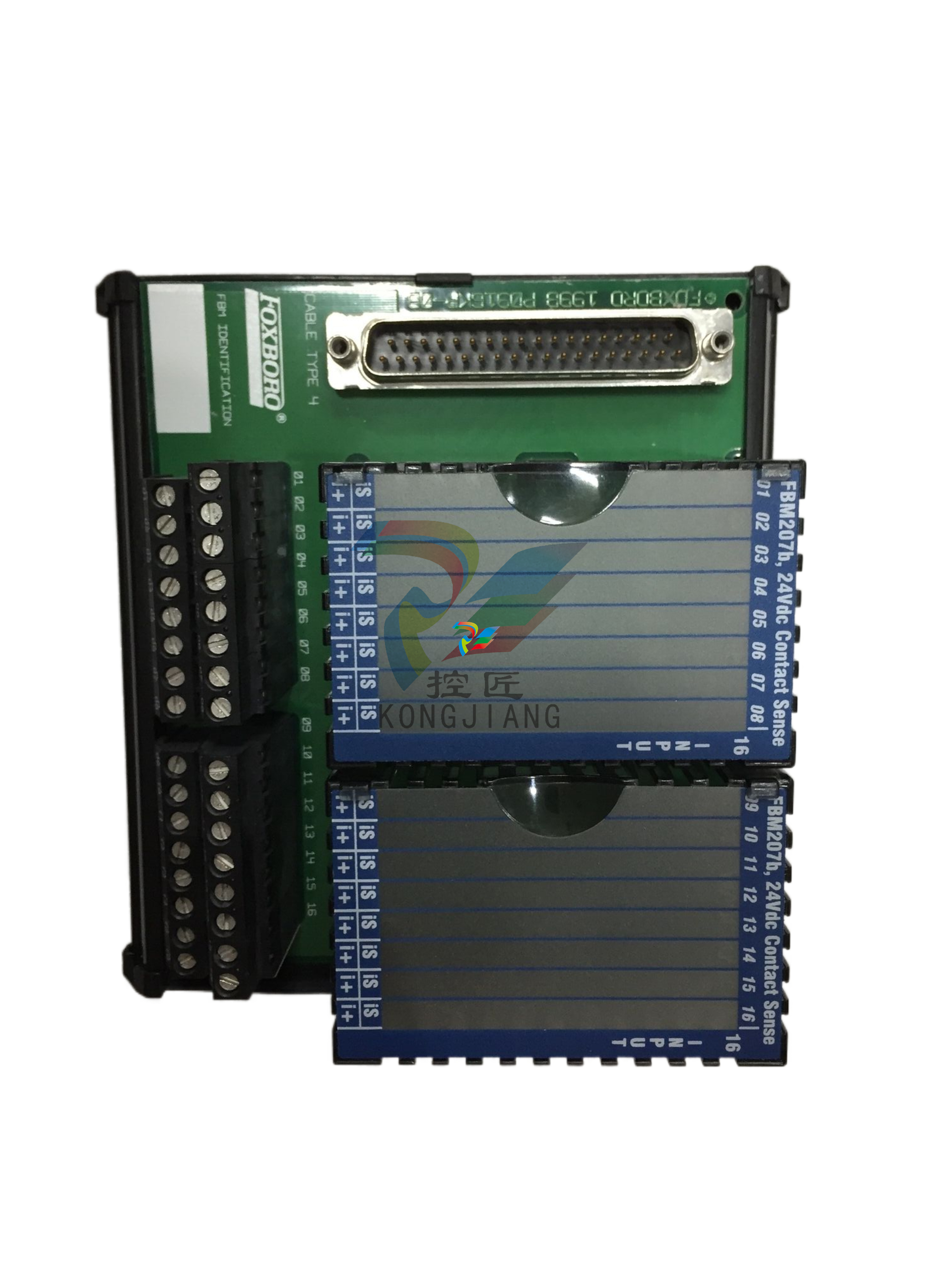
.jpg)
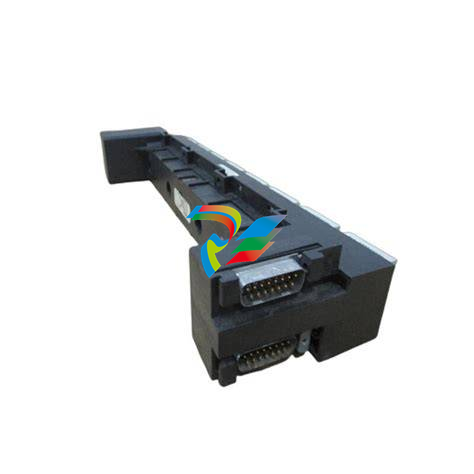
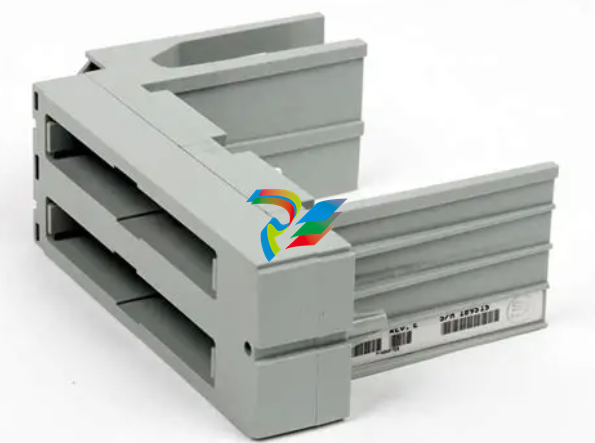
.jpg)
